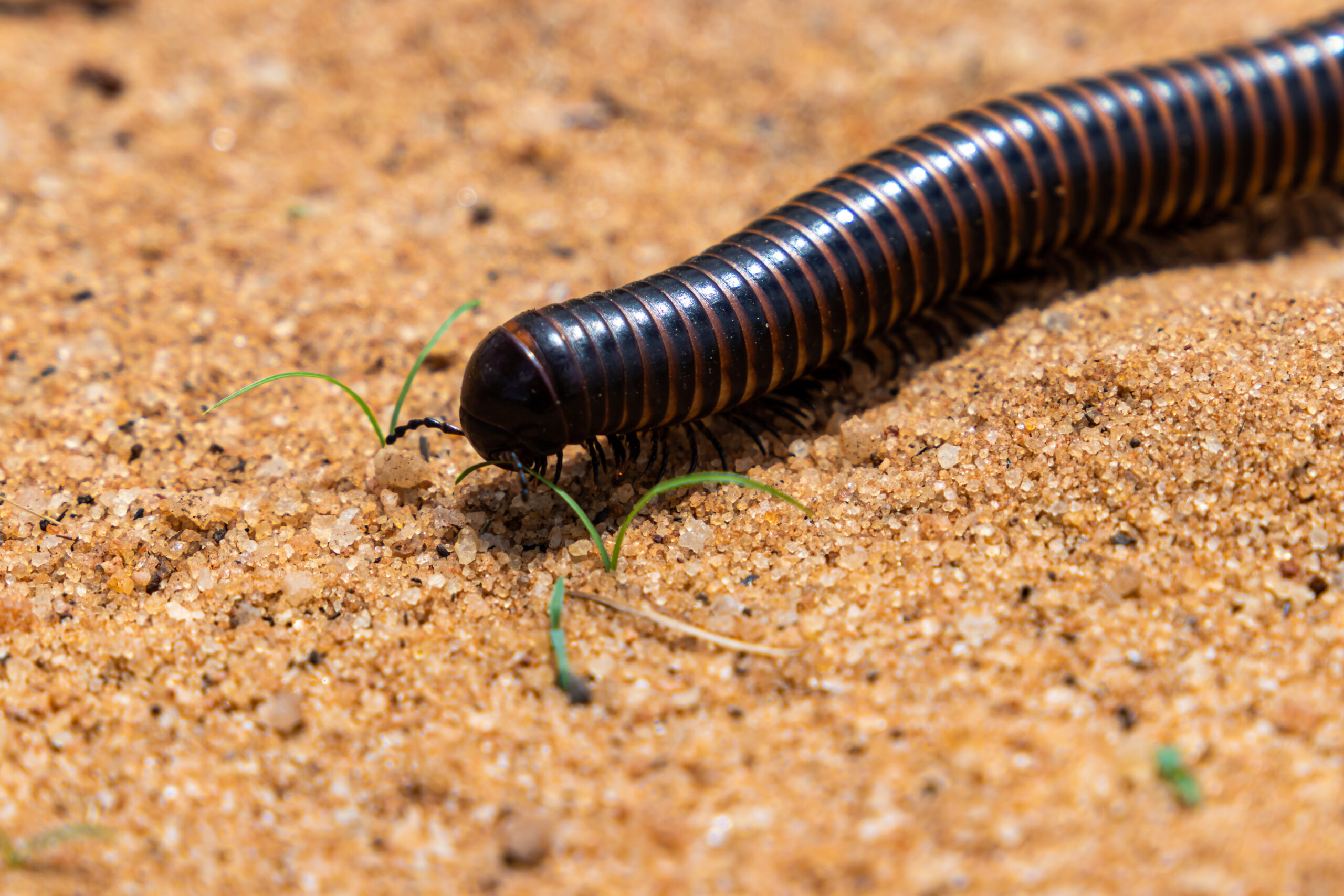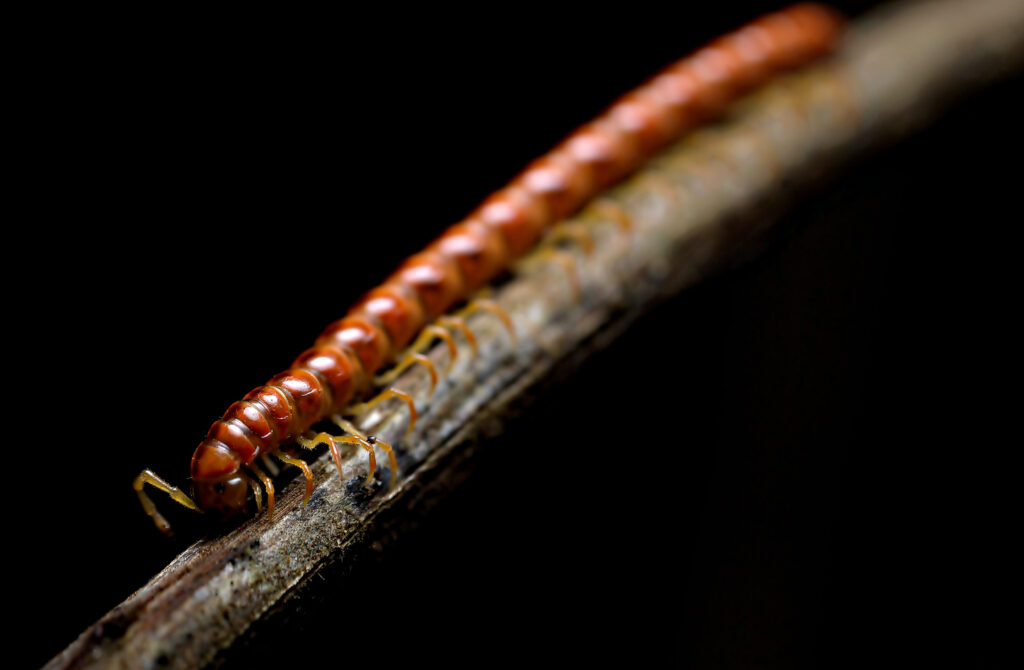- HUMOR
40 Funny And All-Clean Christian Jokes


Centipedes, with their many legs and swift movements, can be unsettling house guests. These nocturnal creatures thrive in damp environments and can quickly become a nuisance if not addressed. Fortunately, there are effective strategies to eliminate centipedes from your home and prevent future infestations. By understanding their behavior, identifying their hiding spots, and employing both natural and advanced pest management techniques, you can reclaim your living space from these unwelcome intruders.

Successfully removing centipedes from your home involves a combination of cleaning, sealing, and monitoring. Follow these steps to create an environment that is inhospitable to centipedes.
A thorough cleaning helps remove potential food sources and hiding spots for centipedes. Vacuum regularly, especially in corners, under furniture, and in dark spaces where centipedes are likely to hide. Pay special attention to basements and bathrooms, as these areas are often more humid.
Centipedes thrive in moist environments. Use a dehumidifier to reduce humidity levels, particularly in basements and bathrooms. Ensure proper ventilation in these areas by using exhaust fans and opening windows when possible.
Clutter provides hiding places for centipedes. Organize storage areas and remove unnecessary items. Store belongings in plastic bins with tight-fitting lids to prevent centipedes from taking up residence.
For those who prefer eco-friendly solutions, several natural methods can effectively reduce centipede populations without the use of harsh chemicals.
Diatomaceous earth is a natural powder that dehydrates and kills centipedes upon contact. Sprinkle it around baseboards, entry points, and other areas where centipedes have been spotted. Reapply after vacuuming or if the powder becomes wet.
Essential oils such as tea tree, peppermint, and eucalyptus can act as natural repellents. Mix a few drops with water in a spray bottle and apply to areas where centipedes are active. The strong scent deters them from entering these spaces.

For homeowners seeking more robust pest control solutions, advanced techniques can provide long-term results in managing centipede populations.
Insecticides can be effective but should be used with caution. Select a product labeled for centipedes and apply according to the manufacturer’s instructions. Focus on areas where centipedes are most active, such as basements and bathrooms.
If centipede infestations persist despite your efforts, hiring a professional pest control service may be necessary. Experts can assess the situation and apply targeted treatments that are both effective and safe for your home environment.
Understanding where centipedes hide is crucial for effective control. These creatures prefer dark, damp areas where they can remain undisturbed during the day.
Look for centipedes in basements, bathrooms, and under kitchen sinks. They may also hide in closets, under piles of clothes, or within wall voids. Regularly check these areas and take steps to make them less appealing by reducing humidity and clutter.
Centipedes can also be found outdoors in leaf litter, mulch, and under rocks. Maintaining a clean and dry perimeter around your home can help reduce the likelihood of indoor infestations.
Preventing centipedes from entering your home is a key component of long-term control. Seal any gaps, cracks, or openings that could provide entry points for these pests.
Conduct a thorough inspection of your home’s exterior. Use caulk to seal cracks in the foundation, around windows, and doors. Install door sweeps and repair any damaged screens to prevent centipedes from finding easy access.
Sticky traps are a simple yet effective way to monitor and reduce centipede populations in your home.
Place sticky traps in areas where centipedes are frequently seen, such as along baseboards, in corners, and near entry points. Regularly check and replace traps to maintain their effectiveness.
Keeping your home dry is essential for deterring centipedes. Address any sources of moisture promptly to create an inhospitable environment for these pests.
Repair any leaking pipes or faucets immediately. Even small drips can create a humid environment that attracts centipedes.
Ensure that gutters and downspouts direct water away from your home’s foundation. Consider grading the landscape around your home to improve drainage and reduce moisture buildup near the foundation.
If your efforts to eliminate centipedes are not yielding the desired results, it may be time to call in professionals who specialize in pest control. Experienced experts can provide a comprehensive assessment and offer targeted solutions tailored to your specific situation.
By following these strategies, homeowners can effectively manage and reduce centipede populations, creating a more comfortable and pest-free living environment. Remember that persistence and vigilance are key, as centipedes can be tenacious and may require ongoing efforts to fully eradicate.